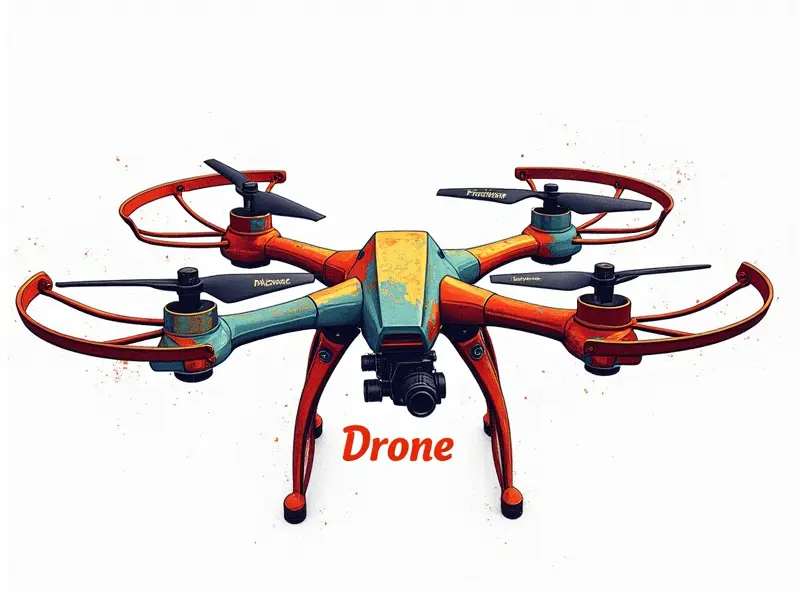Can Li-Po batteries get too cold?

Lithium Polymer (Li-Po) batteries are essential components in FPV racing drones, providing the power needed for high-performance flying. However, these batteries can be sensitive to temperature changes, particularly cold weather conditions. This article explores how cold temperatures affect Li-Po battery performance and longevity.
How Cold is Too Cold for FPV Racing Batteries?
The optimal operating temperature range for Li-Po batteries is typically between 15°C (59°F) and 40°C (104°F). When temperatures drop below this range, especially during winter months, the performance of these batteries can be significantly impacted. The exact threshold varies depending on the battery's specifications and quality.
Does Temperature Affect Li-Po Battery Lifespan?
Cold weather conditions can indeed affect the lifespan of Li-Po batteries. Extreme cold temperatures can cause internal resistance to increase, leading to reduced capacity over time. This means that prolonged exposure to freezing or near-freezing temperatures may shorten a battery's overall usable life.
Winter Woes: Li-Po Battery Performance in Cold
In winter conditions, the performance of Li-Po batteries can suffer due to several factors:
- Reduced Capacity: Batteries may not deliver their full capacity when cold.
- Increased Internal Resistance: Cold temperatures increase internal resistance, reducing efficiency.
- Poor Charging Performance: Li-Po batteries charge less efficiently in cold conditions.
Is It Safe to Fly Li-Po Batteries in the Cold?
Flying with Li-Po batteries in cold weather is generally safe, but it requires careful management. Ensuring that your battery is at an optimal temperature before use can help mitigate performance issues and potential safety risks.
Can Extreme Cold Damage Your Li-Po Battery?
Extreme cold temperatures can damage Li-Po batteries by causing irreversible changes in the internal chemistry of the cells. This includes swelling, reduced capacity, and even permanent failure if exposed to freezing conditions for extended periods.
How Low Can You Go? Li-Po and Freezing Temps
The lowest temperature at which a Li-Po battery can operate safely is around 0°C (32°F). Below this point, the risk of damage increases significantly. It's crucial to keep batteries above freezing if possible.
Do Li-Po Batteries Fail in Cold Weather?
Li-Po batteries are less likely to fail outright due to cold weather but can exhibit reduced performance and longevity issues over time. Regular maintenance and proper storage practices are essential to mitigate these risks.
Protecting Li-Po Batteries from Frosty Conditions
To protect your Li-Po batteries in cold environments, consider the following tips:
- Use Battery Warmers: Portable battery warmers can help maintain optimal temperatures before and during use.
- Store Batteries Indoors: Keep batteries stored indoors at room temperature when not in use.
- Pre-charge Before Use: Charge your batteries to full capacity before flying in cold conditions.
Winter Flying: Li-Po Battery Temperature Limits
Understanding the temperature limits of your Li-Po battery is crucial for safe winter flying. Always check the manufacturer's recommendations and monitor your battery’s temperature closely during use.
Tips for Using Li-Po Batteries in Chilly Environments
- Monitor Battery Temperature: Use a reliable thermometer to ensure batteries are within safe operating temperatures.
- Avoid Rapid Discharge: Limit high-discharge rates that can cause rapid temperature drops during flight.
- Charge Indoors: Charge your batteries indoors where the temperature is stable and above freezing.
Is It Safe to Fly Li-Po in Freezing Temps?
Flying with Li-Po batteries in freezing temperatures can be safe if you take necessary precautions. Ensure that your battery is adequately warmed before use, monitor its performance closely during flight, and store it properly when not in use.
Conclusion
Lithium Polymer (Li-Po) batteries are critical components for FPV racing drones, but they can be sensitive to cold weather conditions. By understanding the impact of temperature on Li-Po battery performance and lifespan, you can take proactive steps to protect your investment and ensure safe operation in chilly environments.

